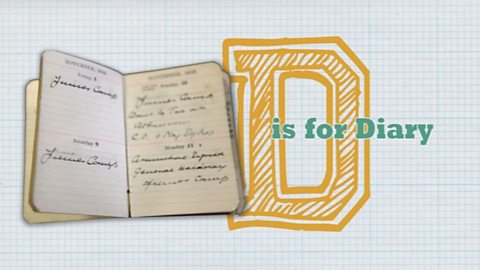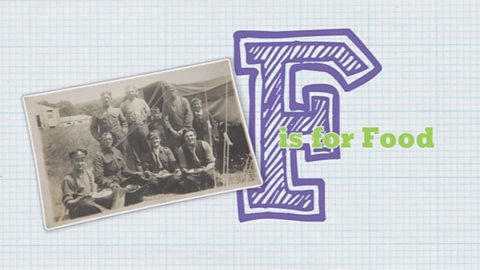Video summary
Newsreel and commentary explore the contribution of the British Empire to the war effort.
Britainβs colonies sent over two-and-a-half million fighting men to the European front, more than one million from India alone.
In a dramatic monologue based on a true story, Sepoy Khudadad Khan, 26 years old, gives his account of a 1914 battle in northern Belgium.
Sepoy Khudadad suffered severe injuries. But he survived to receive the Victoria Cross for his gallantry, from King George V.
This clip is from the series WW1 A to Z.
Teacher Notes
Pupils could find out what other resources the colonies contributed, in addition to troops.
Why do pupils think these countries supported the British war effort?
The children could discover when each of Britainβs colonies gained its independence.
This short film is suitable for teaching history at Key Stage 2 / Second Level or above.
D is for Diary. video
Pupils examine wartime diaries and discuss the value of first-hand accounts. In a monologue, a war widow reads from her husbandβs diary.

F is for Food. video
Newsreel, commentary and a monologue from an army chef in his field kitchen illustrate what soldiers in the WW1 trenches were given to eat.

G is for Gas. video
School pupils handle a British gas mask from WW1. Newsreels of the period show soldiers using gas masks in training and at the front.
